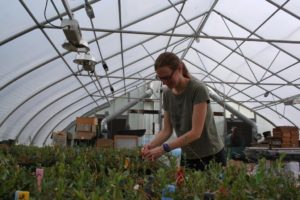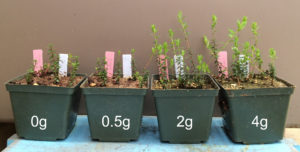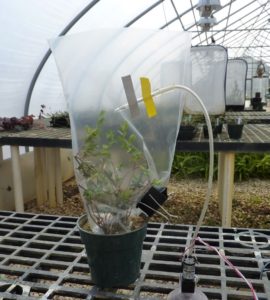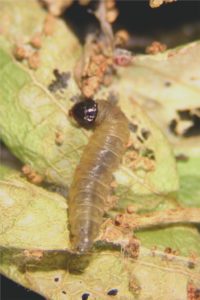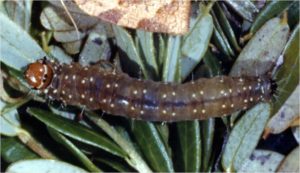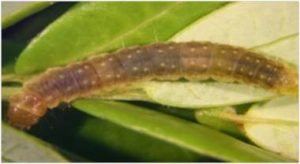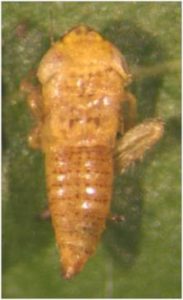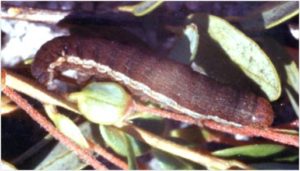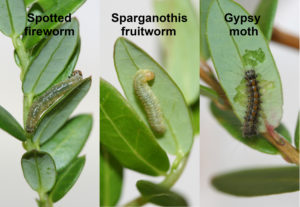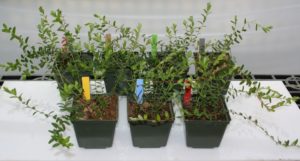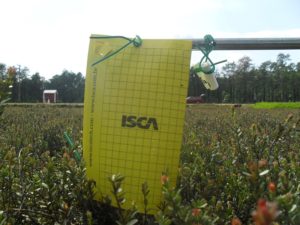Based on our degree-day model for Sparganothis fruitworm, flight initiation is expected at around 596 DD (see chart). As of May 30,
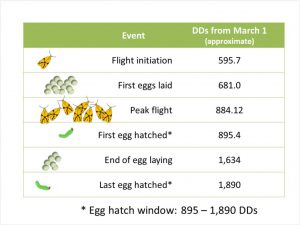
Sparganothis degree-day model benchmarks
Sparganothis has accumulated 683 DD (using March 1 as biofix- a biofix used for the model) or 529 DD (using April 15 as biofix- a biofix more relevant to New Jersey cranberry cultural practices). This indicates that flight activity has just started or will start very soon. Growers are advised to place pheromone traps for monitoring this pest by this or next week, if they haven’t done so already.
